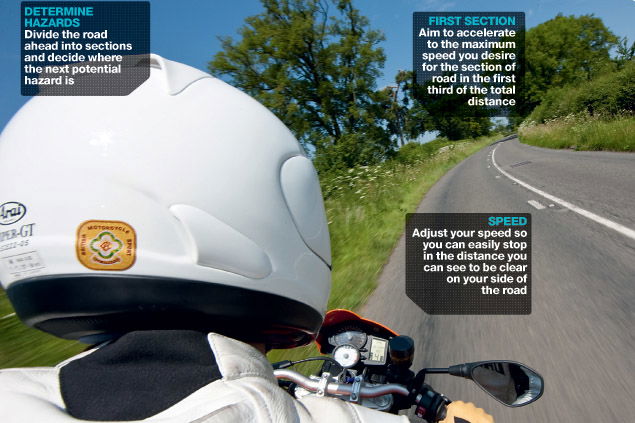Advanced Motorcycle Riding Course: Cornering - brakes, gears and deceptive corners
Often find yourself struggling to judge corner entry speed? Unsettling the bike with mid-corner gear shifts? This guide will get your planning and corner entry speed right on the money. Ride faster and ride safer.
Andy Morrison



